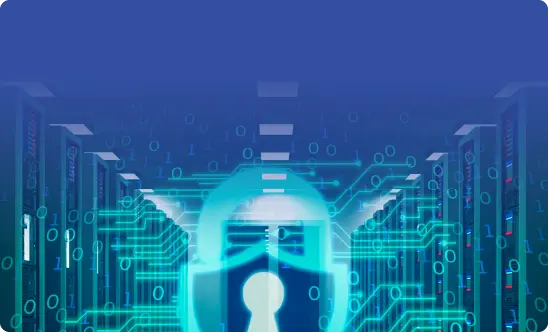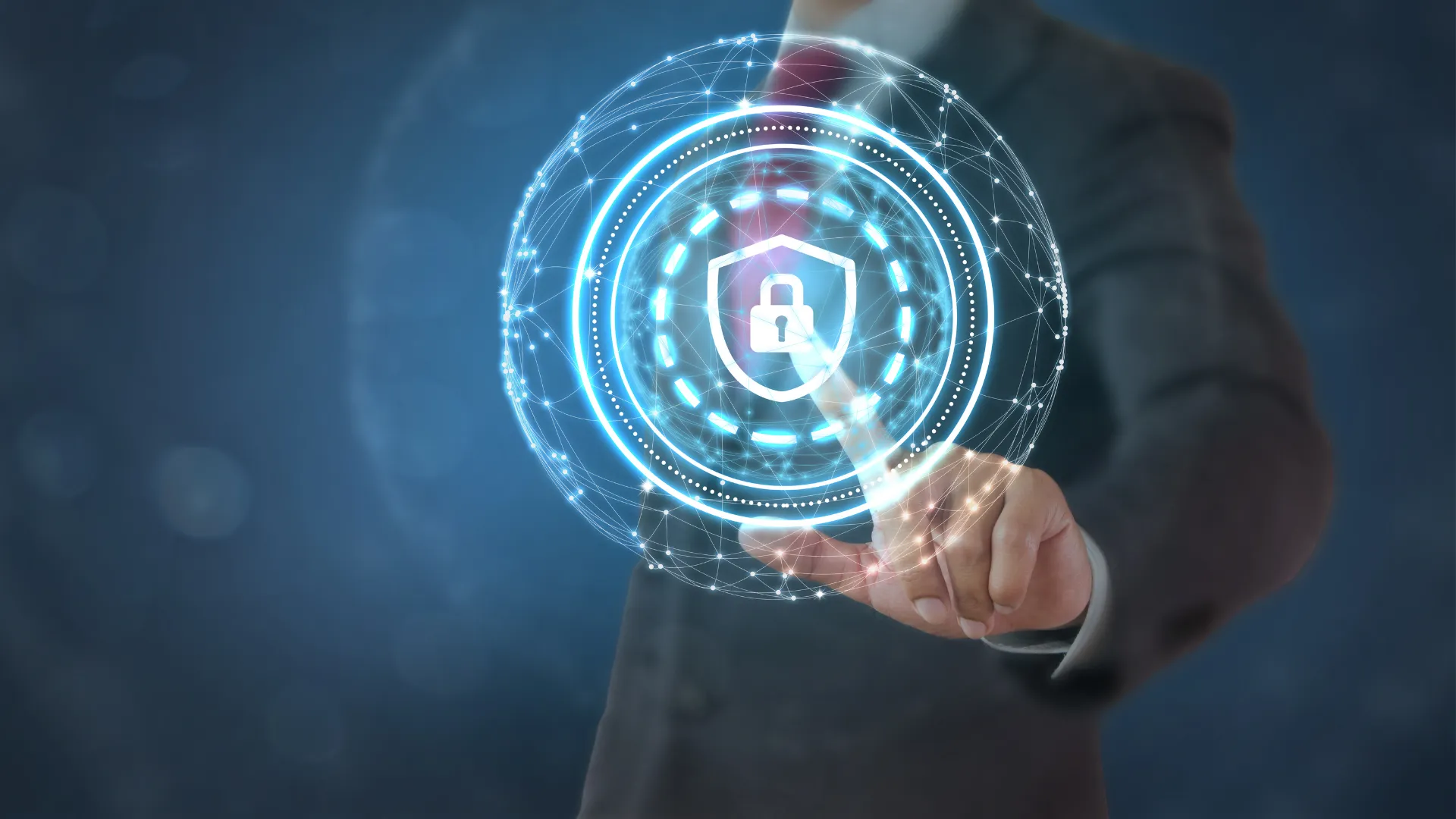Cybersecurity Definition, Components & Top Issues
What is cybersecurity?
There are many definitions of this term. We can divide them into two major groups:
- the security infrastructure of an information system;
- the cyber resilience of such a system.
Let’s take a look at each definition in detail.
- Cybersecurity is a complex of policies, processes, and tools that protect digital ecosystems from cyberattacks, unauthorized access, malicious use, and damage.
- Cybersecurity describes 4 qualities of an information system:
- zero or minor amount of security vulnerabilities;
- the data within the system is protected from unauthorized access;
- the elements of the system can withstand the cyber attacks;
- in case of cyber incidents, the recovery takes as little time as possible.
Cybersecurity goals
Experts define three major goals also-known-as the CIA-triad:
- Confidentiality – restricting access to your networks and data.
- Integrity – preventing the corruption of your information.
- Availability – providing access to authorized users.
To achieve these goals, an organization should focus on the following tasks:
- finding weaknesses and vulnerabilities in its IT systems;
- correctly defining the threats to its critical infrastructure;
- assessing and mitigating the risks;
- creating and implementing cybersecurity policies;
- managing cyber incidents and minimizing their outcomes.
Cybersecurity Vs. Information Security vs. Digital security
Though sometimes used interchangeably, these three terms aren’t the same thing.
Information Security (IS) has the broadest meaning. It denotes the protection of any information in possession of an entity. Cybersecurity is applicable only to digital data and networks. It is the inalienable part of the general IS.
Example: Company A and Company B are carrying a face-to-face meeting and sign paper documents. Prior to that, the companies’ officials have been negotiating via the video-conferencing tool and collaborated on the agreement in a text-editing software.
IS will be in charge of protecting the event and the physical docs from unauthorized success. The protection of e-docs and digital communication is the province of cybersecurity.
Digital security has the narrowest meaning. It is usually applied to a single user, unlike IS and cybersecurity, which are related to legal entities and states.
Finally, DS covers only the safety of access to the Internet and the protection of one’s online identity and digital assets.
Cybersecurity components
- Network security & computer security – defending stand-alone computers and their network from cyber incidents with tools, policies, and practices.
- Data security – preventing data leakage, corruption, or deletion.
- Software and application security – controlling the acquisition and use of digital tools
- Cloud security – ensuring the security of data on cloud platforms.
- Operational security – analyzing the risks of various business operations and human activities.
- Endpoint and mobile security – controlling the remote access to an organization’s critical infrastructure.
- Identity and access management – creating and maintaining the system that will control access to the organization’s digital assets.
- Disaster recovery – creating the infrastructure that will enable to promptly/instantly restore data and operations and ensure business continuity.
- Compliance – making sure that all the elements of the information system abide by the applicable laws, regulations, and standards.
- End-user education – training users with access to critical infrastructure on existing threats and safe practices.
Top 3 Cybersecurity Issues
1. System imbalance
Cybersecurity professionals need to find the balance between the security practices and technologies on the one hand and the usability of the protected information system on the other.
Learn how to create a balanced cybersecurity policy.
2. Limited resources
Organizations often lack the resources and capabilities to provide 100% defense. That’s why they need to correctly identify the most probable threats to the IS, which might be problematic.
Learn how to reduce the costs and complexity of cybersecurity.
3. Gaps in security
Teams may neglect cybersecurity components such as education and compliance. These components require collaboration with other departments, such as HR or legal.
Learn how SpinOne data audit helps detect the threats.
Was this helpful?
How Can You Maximize SaaS Security Benefits?
Let's get started with a live demo
Latest blog posts
Brewing Trouble: How a Starbucks Ransomware Attack Poured Cold Wate...
Cybercriminals often carry out attacks around holidays as this helps to ensure the most amount...
Data Loss Prevention Techniques for 2025 and Beyond
It’s painstakingly clear that data loss is a major challenge facing businesses today. Our experts...
What is SaaS Security? Challenges & Best Practices
Businesses increasingly rely on Software as a Service (SaaS) for increased efficiency, collaborativeness, and scalability....


